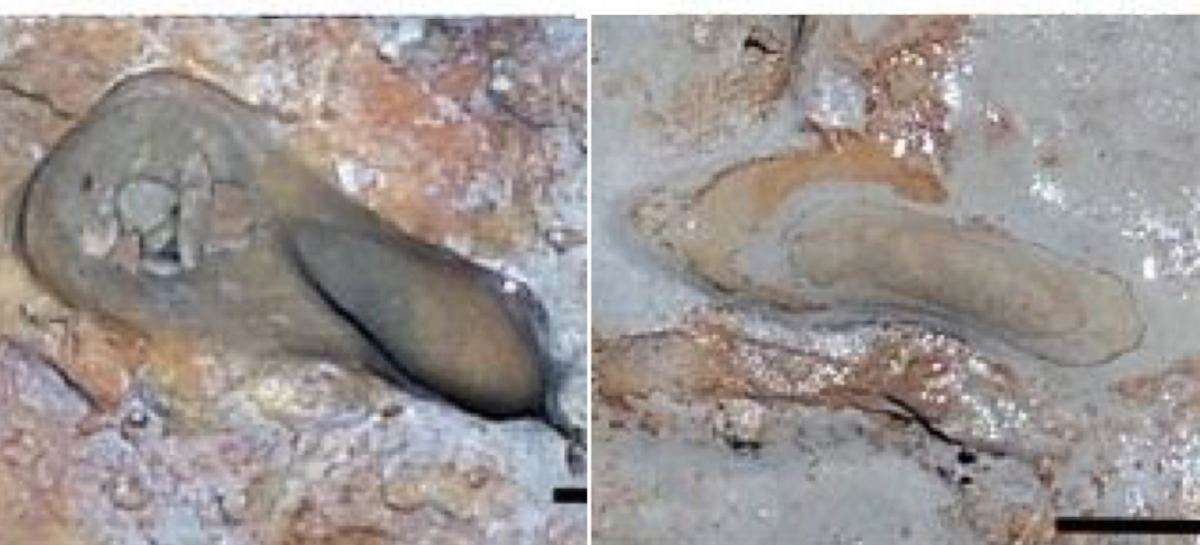Farmer Leads Scientists to Fossilized Egg From Prehistoric Giant Turtle - With a Revealing Embryo Inside
A very long-lived family, the turtles, filled in its family tree a little by the find of a fossilized embryo from the Cretaceous Period.

300,000 years ago, children were playing on the shore of a lagoon while their parents hunted in the shallows nearby
These are the stories contained in what were once believed to be 100,000-year-old foot prints, but which are now confirmed to be much older.
A state of the art scanning technique has now dated them to 295,800 years ago, which means they predate the Neanderthals, and were made just before an ice age.
The 87 prints, some smaller than others, were left by small children, teenagers and adults, and were found on a beach at Matalascañas, Spain, a popular holiday resort today.
"Recent investigations carried out at the site, in the surroundings of the Donana National Park, now shows an age almost 200,000 years older," said lead author Professor Eduardo Mayoral, of the University of Huelva.
"These new data place the site in the Middle Pleistocene… a period characterized by important variations in the landscape that would have consisted of an extensive coastal plain with large dune systems," he added.
At Matalascañas, researchers used drones and photogrammetry technology to stitch together high resolution images and record and create a digital model of the tracks before they were once more engulfed by sand within a few days of their discovery.
Measurements of the prints revealed adults were present, but about 71% were teenagers and youngsters as little as six years old.
There are also animal prints, but they are largely in the wettest areas, while the hominin tracks were walking up to and away from the water's edge, rather than along the shore.
Some even appear to have waded in a short distance, and the researchers speculate that they may have been stalking animals or fish.
Those in the shallows include youngsters, and it's possible they were there watching and helping to forage, while perhaps also paddling and splashing, mixing play with learning as children do today.
"Until now, the taxonomic attribution was based solely on the chronological context, as is always the case in most hominid footprints, which is why they were initially attributed to Neanderthals," said Dr. Mayoral.
"All fossil records of Middle Pleistocene European hominids belong to the Neanderthal lineage. Therefore, the most likely taxonomic assignment for the Donana footprints would be one of the species of this lineage."
The study in Scientific Reports suggests it was a time of profound climatic changes, which went from warm to cold.
"That is why these footprints represent a crucial record for understanding human occupation in Europe during much of the Pleistocene," he said.
CONNECT Your Friends With This Human Prehistory…
Be the first to comment